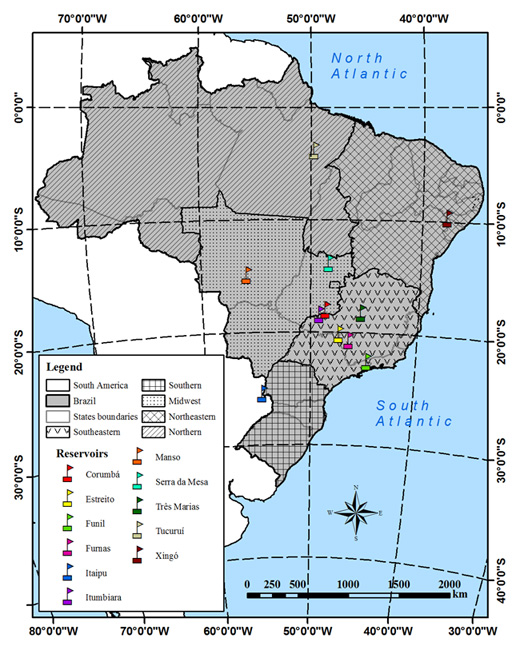Combination of sunlight irradiated oxidative processes for landfill leachate: heterogeneous catalysis (TiO2) versus homogeneous catalysis (H2O2)
Keywords:
Advanced Oxidation Processes, homogeneous and heterogeneous catalysis, photoirradiation, TiO2, hydrogen peroxide, liquid leachate from landfill
Abstract
The objective of this work was to study the treatment of landfill leachate liquid in nature, after the use of a combination of advanced oxidation processes. More specifically, it compared heterogeneous catalysis with TiO2 to homogeneous catalysis with H2O2, both under photo-irradiated sunlight. The liquid used for the study was the leachate from the landfill of the city of Cachoeira Paulista, São Paulo State, Brazil. The experiments were conducted in a semi-batch reactor open to the absorption of solar UV radiation, with 120 min reaction time. The factors and their respective levels (-1, 0 and 1) were distributed in a experimental design 24-1 with duplicate and triplicate in the central point, resulting in an array with 19 treatment trials. The studied factors in comparing the two catalytic processes were: liquid leachate dilution, TiO2 concentration on the reactor plate, the H2O2 amount and pH level. The leachate had low photo-catalytic degradability, with NOPC reductions ranging from 1% to a maximum of 24.9%. When considering each factor alone, neither homogeneous catalysis with H2O2, nor heterogeneous catalysis with TiO2, could degrade the percolated liquid without significant reductions (5% level) in total NOPC. On the other hand, the combined use of homogenous catalysis with H2O2 and heterogeneous catalysis H2O2 resulted in the greatest reductions in NOPC. The optimum condition for the NOPC reduction was obtained at pH 7, dilution of percolated:water at 1:1 (v v-1) rate; excess of 12.5% H2O2 and coating plate reactor with 0.025 g cm-2 TiO2.
Published
26/04/2013
Issue
Section
Papers
Authors maintain the copyrights for their work. However, they grant rights of first publication to Ambiente e Agua - An Interdisciplinary Journal of Applied Science. In compensation, the journal can transfer the copyrights, allowing non-commercial use of the article including the right of sending the article to other data bases or publication media. The journal uses the CC BY 4.0 license"






